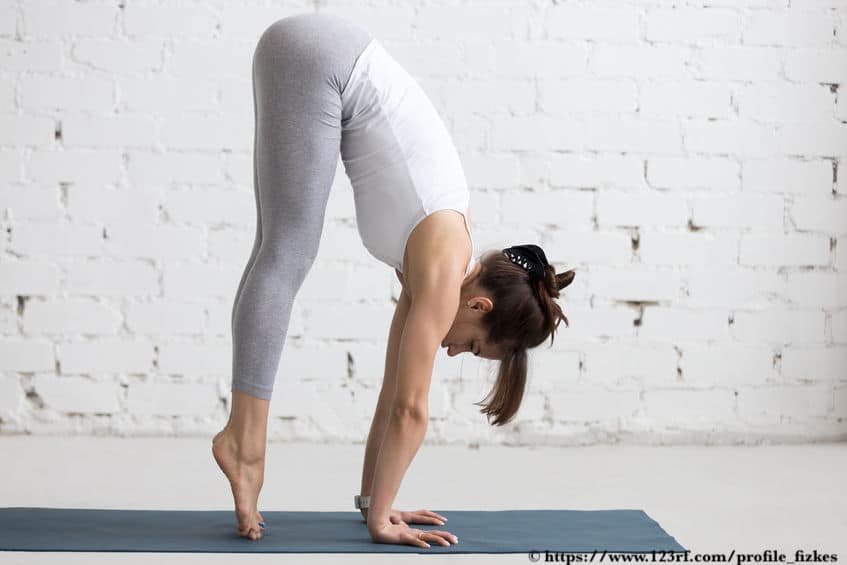In circus arts and fitness, good overhead range of motion is important. Whether you need it for a handstand, hanging from an aerial apparatus, doing a pull-up or pressing weights over your head, if you don’t have full overhead range of motion, you’re setting yourself up for potential injury.
Before doing the exercise described below, you should do the first two exercises (which I wrote about in part 1 and part 2). In part 1 we worked on breathing to decrease unwanted muscle tone (read: tension) and in part 2 we worked on soft tissue release techniques to further release any tension that may be limiting us as we reach overhead.
Next Tip
For the next mobility tip in this series we’re going to focus on getting the scapula moving independently from the ribs cage and the spine.
For many people, due to postural deviations from sitting over a computer too much for example, their scapula have limited movement on the rib cage or the scapula can’t move independent of spinal movement.
To fully optimize our overhead range of motion we want to work on how to control the scapula independent of other parts of our body. Can the scapula fully retract, elevate, depress and protract without accompanied compensatory movements?

When we’re talking about raising the arms overhead we need the scapula to be able to upwardly rotate which involves a little protraction and elevation. We need to be able to do this as we keep the rib cage depressed and the spine and pelvis in neutral positions to ensure good core activation and a stabilized spine. If our scapulae are not moving well, we will need to rely on compensatory movements in the spine and ribs to make up for the lack of scapula movement.
This post’s tip is Scapula CARs. CARs stands for Controlled Articular Rotations, (or controlled joint circles). CARs are part of a mobility movement system I learned while taking the Functional Range Conditioning (FRC) course developed by Andreo Spina of Functional Range Systems.
FRC is a system for controlling and expanding the useable range of motion (ROM) of your joints. FRC works to stimulate soft tissue and nerves at your end ranges via isometric tension to help you bring awareness to the joint you are focusing on as well as work on safely expanding that joint’s ROM.
How To Perform your Scapula CARs:
- Stand with your feet hip distant apart
- Place hands on the side of your thighs
- Take a diaphragmatic breath
- Contract core
- Radiate that contraction out. Letting it spill out into your glutes, hips and down your legs as well as up and into your arms and hands. This is an isometric contraction. You’ll want to contract your core and the rest of your muscles about 50% of their isometric contraction ability. There are different protocols for CARs contractions, but 50% is a good place to start.
- This full-body isometric contraction is to ensure that while performing the scapula CARs that nothing is moving in your body except the scapula on the rib cage. We don’t want the spine to side bend, twist, flex or extend-which would be visible with the chest lifting up.
- Once you have the isometric tension, begin to protract your scapula, then elevate, retract and depress-creating a controlled circle.
- Move the scapula with effort, as if moving through thick fog. You are creating the resistance. Have this resistance feel about 60-70% tension-a little more than you have isometrically contracted your body.
- Feel the rotation. Feel the effort. Feel your strength.
- Do 5-8 rotations in one direction and then the other direction.
- BONUS: On the video below there is an additional way to do scapula CARs. Both are beneficial. The second option is a little more difficult and should be included after you have practiced the first way that is demonstrated on the video and what is described above. The Bonus option is performed the same way, just with the arm placement change.
Adding scapula CARs to your warm-up routine will help bring awareness to your scapula and have them moving and positioning themselves more optimally when overhead, helping to reduce injury potential.
Feel free to reach out and with any questions or to let us know how it’s going.
Happy Training~~Theresa~

